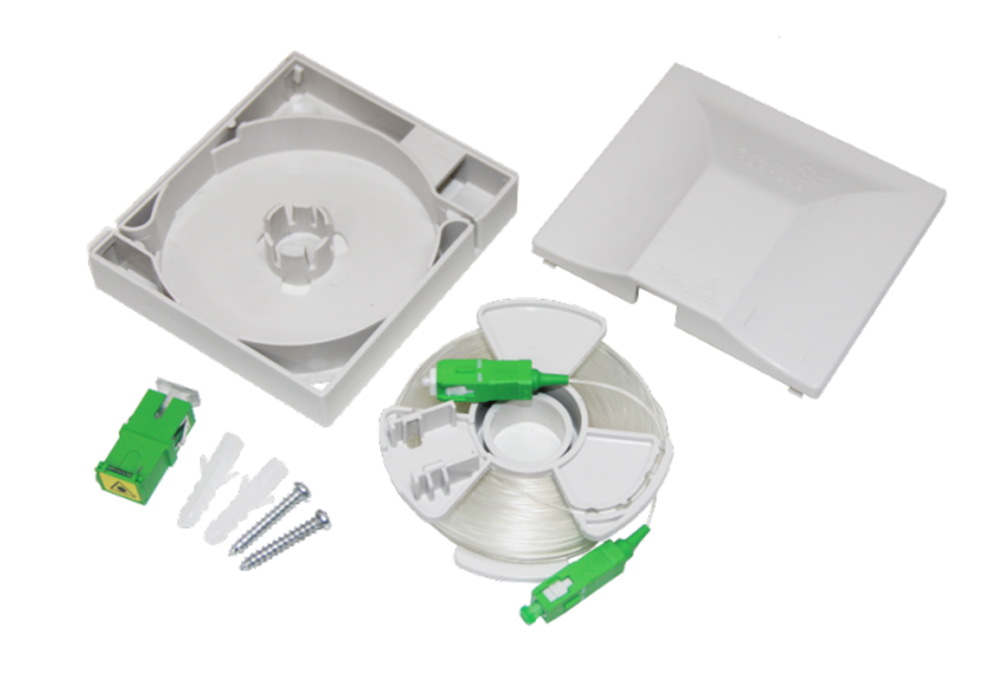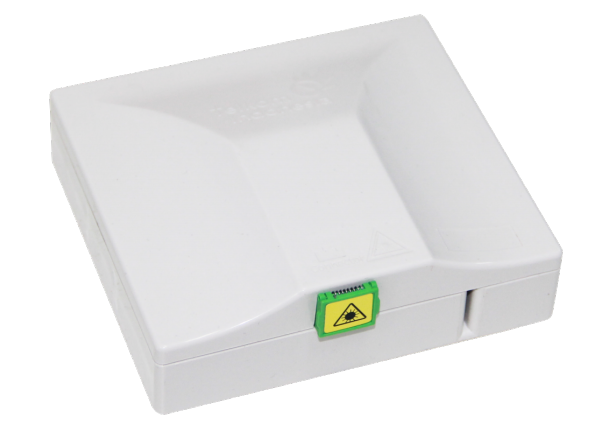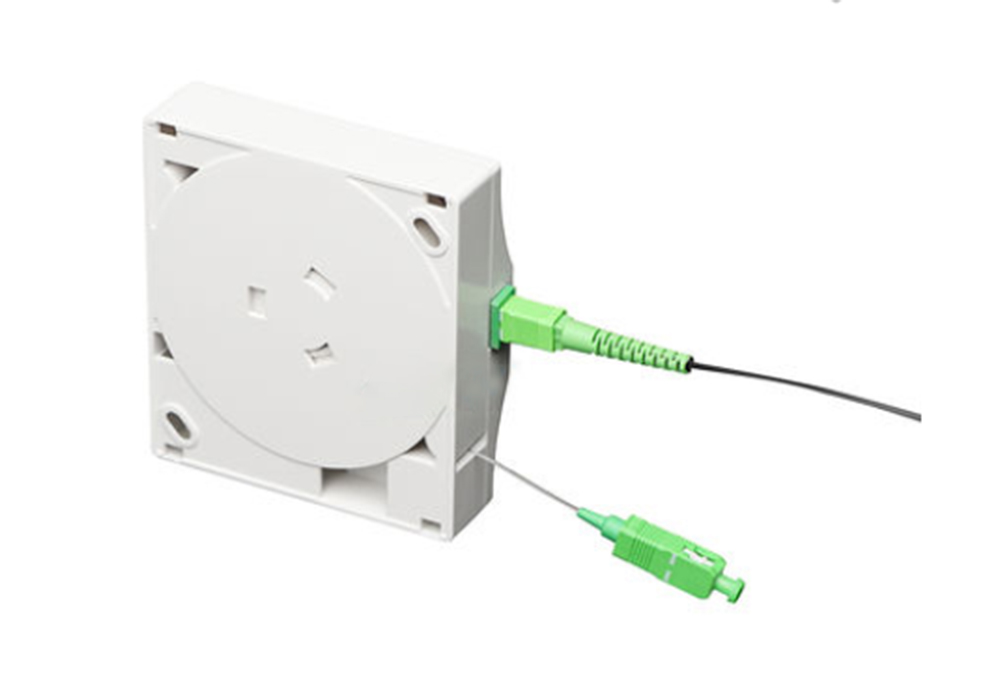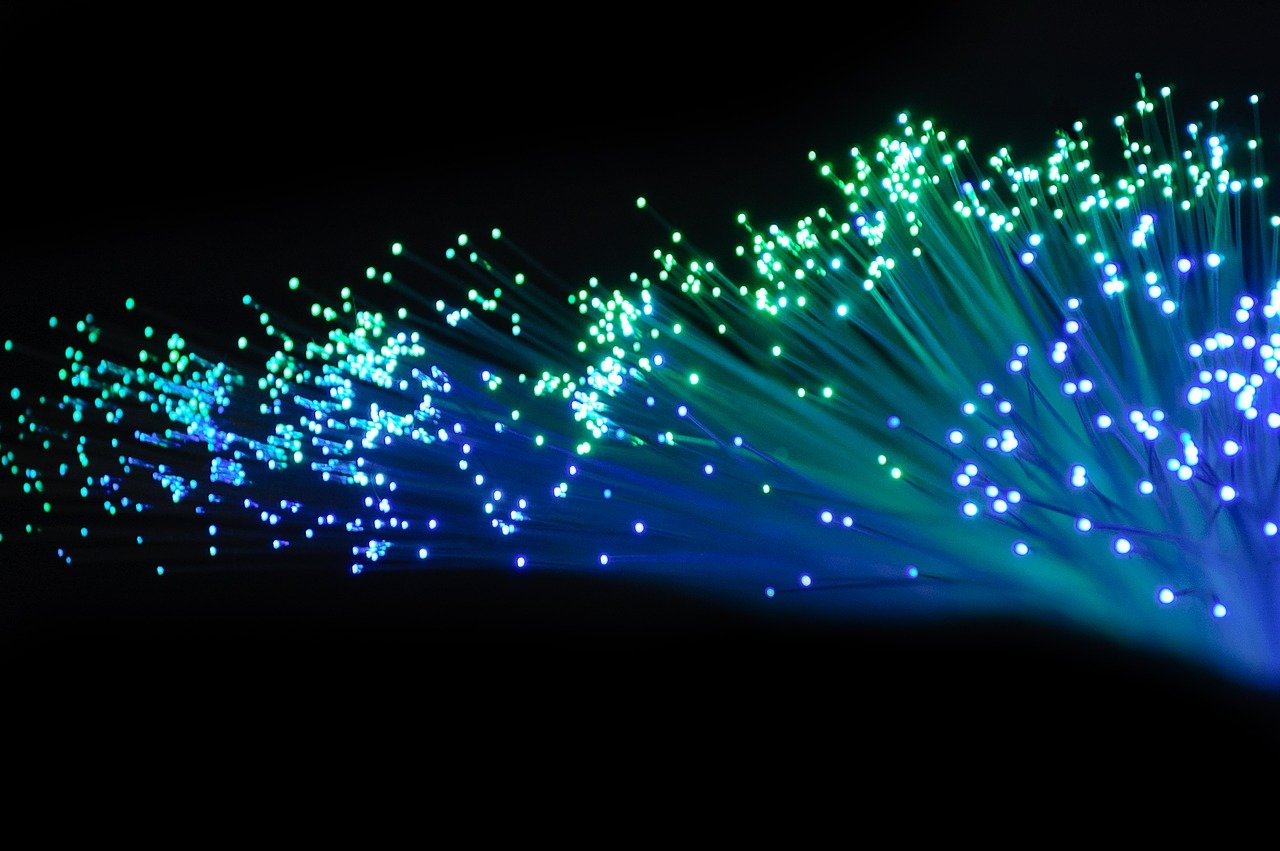Understanding FTTR Invisible Fiber Cable: A Game-Changing Solution

Introduction
Fiber optic installations have become increasingly crucial in today's digital landscape, requiring efficient and reliable solutions. In this blog post, we will delve into the game-changing concept of FTTR Invisible Fiber Cable and its advantages. We will also explore how fiber access terminal boxes contribute to enhancing the efficiency of FTTR installations. By understanding the benefits of using these terminal boxes and comprehending the concept of FTTR Invisible Fiber Cable, technicians, network engineers, and individuals interested in fiber optic installations can gain valuable insights into this innovative solution. Let's dive deeper into this transformative technology that is revolutionizing the way we approach fiber optic deployments.
Section 1: What is FTTR Invisible Fiber Cable?
Overview of FTTR technology
FTTR, or Fiber to the Room, is a cutting-edge technology that revolutionizes fiber optic installations. Unlike traditional fiber optic deployments that rely on centralized distribution points, FTTR brings the fiber connection directly to individual rooms or specific areas within a building. This approach eliminates the need for extensive cabling and reduces signal loss over long distances.
The purpose of FTTR is to provide high-speed and reliable internet connectivity in various settings such as residential buildings, hotels, hospitals, and office complexes. By bringing fiber optics closer to end-users, FTTR offers numerous advantages over traditional installations. These include faster installation times, reduced maintenance costs, and improved scalability.
Introducing FTTR Invisible Fiber Cable
One of the key components of FTTR technology is the use of FTTR Invisible Fiber Cable. This innovative cable solution is designed to be discreet and blend seamlessly into any environment. It features a thin profile and can be easily concealed within walls, ceilings, or floors without compromising aesthetics.
FTTR Invisible Fiber Cable offers several benefits in various applications. In residential settings, it allows for unobtrusive installation without disrupting interior design elements. In commercial environments like offices or hotels, it enables efficient cable routing while maintaining a clean and professional appearance.
With its flexibility and inconspicuous nature, FTTR Invisible Fiber Cable provides an ideal solution for delivering high-speed internet connections directly to rooms or specific areas within a building. Its advanced design ensures reliable performance while minimizing visual impact—an essential factor in today's demanding connectivity requirements.

Section 2: Enhancing Efficiency with Fiber Access Terminal Boxes
Understanding fiber access terminal boxes
Fiber access terminal boxes play a crucial role in FTTR installations by providing a centralized point for managing and distributing fiber optic connections. These boxes serve as the interface between the main fiber backbone and individual rooms or areas within a building. They house the necessary components for connecting, organizing, and protecting fiber optic cables.
There are different types of fiber access terminal boxes available, each with its own specifications to suit specific installation requirements. Some common types include wall-mounted boxes, rack-mounted enclosures, and splice closure boxes. These boxes may vary in size, capacity, and configuration options.
Benefits of using fiber access terminal boxes in FTTR installations
Using fiber access terminal boxes offers several advantages when implementing FTTR technology:
Improved cable management and organization: Fiber access terminal boxes provide a structured solution for managing cables, ensuring neatness and minimizing cable clutter. This makes it easier to identify and troubleshoot any issues that may arise during maintenance or upgrades.
Ease of installation and maintenance: These terminal boxes simplify the installation process by providing a central location for terminating fibers and connecting them to end-user devices. They also facilitate easy access for future maintenance or upgrades without disrupting the entire network infrastructure.
By leveraging fiber access terminal boxes in FTTR installations, technicians can streamline their workflow, enhance cable management practices, and ensure efficient connectivity throughout the building. The use of these boxes contributes to the overall efficiency and reliability of FTTR deployments.
Section 3: Key Considerations for FTTR Installations
Factors to consider before implementing FTTR
Before implementing FTTR (Fiber to the Room) installations, it is essential to consider the following factors:
Assessing infrastructure requirements and compatibility: Evaluate the existing infrastructure to ensure compatibility with FTTR technology. This includes assessing the availability of fiber optic connectivity, network capacity, and any necessary upgrades or modifications.
Planning for scalability and future expansion: Anticipate future growth and plan for scalability when deploying FTTR. Consider factors such as increasing bandwidth demands, additional room connections, and potential changes in network architecture.
Best practices for successful FTTR installations
To ensure successful FTTR deployments, it is important to follow these best practices:
Proper cable routing and termination techniques: Adhere to industry standards when routing fiber optic cables within the building. Use appropriate cable management solutions to minimize signal interference and maintain signal integrity. Properly terminate fibers using reliable connectors and splicing techniques.
Ensuring signal integrity and minimizing signal loss: Take measures to protect the fiber optic signals from external interference or degradation. This includes avoiding sharp bends in cables, using quality connectors, and implementing proper grounding techniques.
By considering these factors before implementing FTTR technology and following best practices during installation, network engineers can optimize performance, ensure long-term reliability, and facilitate future expansions or upgrades with ease. Taking a proactive approach will contribute to the overall success of FTTR installations.

Conclusion
In conclusion, FTTR Invisible Fiber Cable presents a game-changing solution for fiber optic installations. Its discreet design and seamless integration into various environments make it an ideal choice for delivering high-speed internet connections directly to rooms or specific areas within a building. Additionally, fiber access terminal boxes play a crucial role in enhancing the efficiency of FTTR installations by providing centralized management and organization of fiber optic connections. By considering key factors such as infrastructure requirements and following best practices like proper cable routing and termination techniques, successful FTTR implementations can be achieved. Embracing these innovative technologies and practices will ensure reliable connectivity, improved scalability, and future-proofing of fiber optic networks.
See Also
Preconn: Simplifying Cable Solutions with a Quick On-Site Termination Guide
Unleashing the Potential of ADSS Fiber Optic Dead End Kits in Cable Networks
A Comprehensive Comparison: FastConnect vs Alternative Connectivity Options
Harden Optical Connector Cable Assemblies: The Perfect Blend of Durability and Reliability
Unlocking the Advantages of FastConnect Fiber Field Assembly Connector in Outdoor Environments


